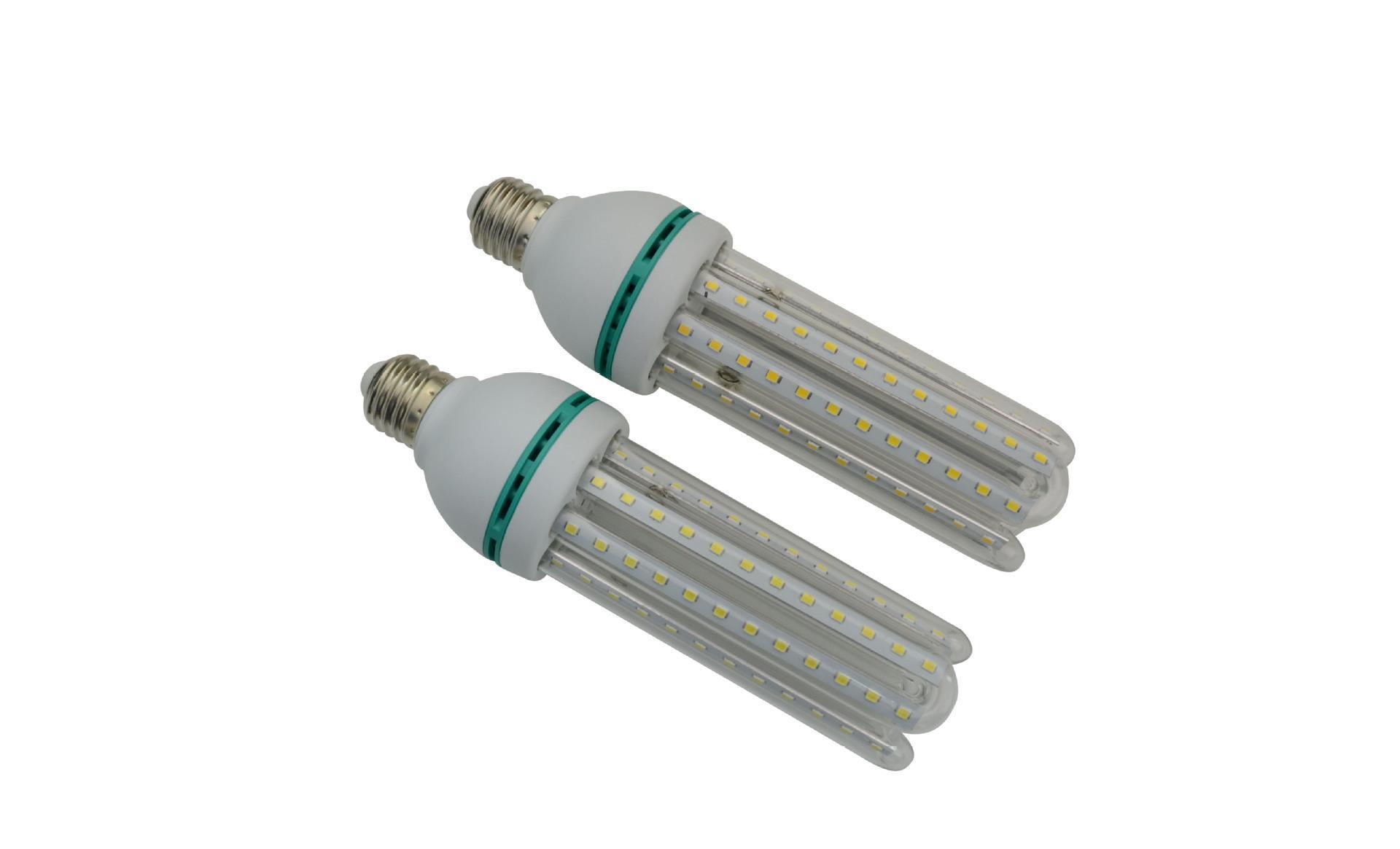

time:2021-12-10 Views:27
PN junction photodiodes, like other types of photodetectors, are widely used in photoresistors, photosensitive coupling elements, photomultiplier tubes and other equipment. They can output corresponding analog electrical signals (such as measuring instruments) or switch between different states of digital circuits (such as control switches, digital signal processing) according to the illuminance of the received light.
Photodiodes are also used in consumer electronics products, such as CD players, smoke detectors, and infrared remote control devices used to control TVs and air conditioners. In many fields, photodiodes and other light guide materials can be used. They can be used to measure light, and are often used in camera photometers, automatic adjustment of street lamp brightness, etc.
All types of light sensors can be used to detect sudden light, or to detect light inside the same circuit system. Photodiodes are often combined with light-emitting devices (usually light-emitting diodes) to form modules, often called photoelectric coupling elements. In this way, the movement of external mechanical components (such as optical choppers) can be analyzed by analyzing the received light. Another function of the photodiode is to act as an intermediary between the analog circuit and the digital circuit, so that the two circuits can be coupled by optical signals, which can improve the safety of the circuit.

In scientific research and industrial fields, photodiodes are basically used to accurately measure light intensity, because they have better linearity and more accurate results than other light guide materials.
In the medical field equipment, photodiodes also have extremely wide and indispensable applications, such as X-ray (X-ray) computed tomography and pulse detectors and a series of commonly used instruments.
PIN junction photodiodes are usually not used to measure very low light intensities. Assuming that high-sensitivity detectors are required under low light conditions, such as avalanche photodiodes, photosensitive coupling elements, and photomultipliers can all play a role, such as astronomy, spectroscopy, night vision equipment, laser rangefinders and other applications.